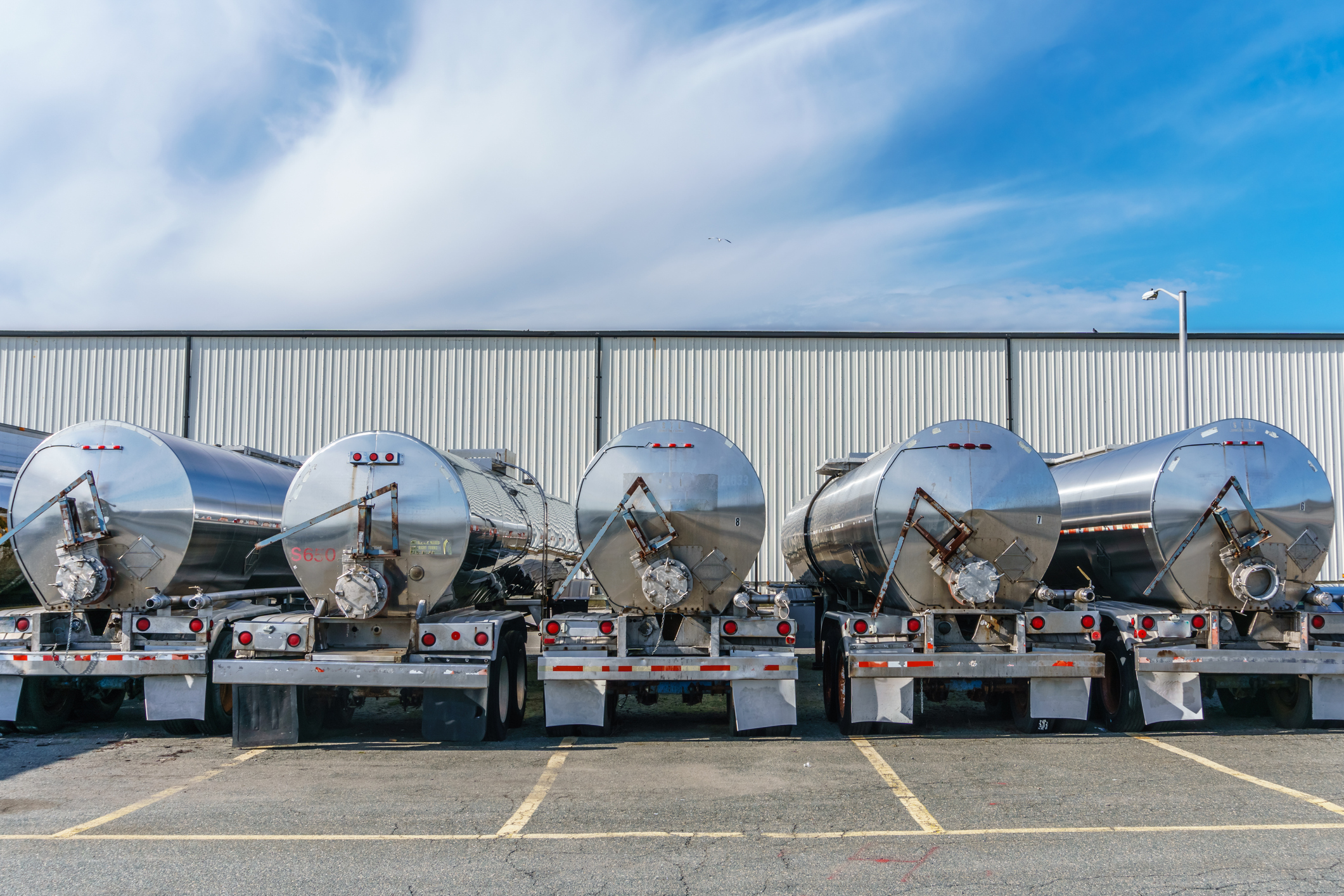The shipping industry for oil tankers is expecting the largest demand surge in over 30 years as 2023 draws closer. Tankers hauling gasoline and diesel are anticipating a demand surge in response to a lack of Russian oil, increasing the distance oil vessels will have to travel, as reported by Transport Topics.
Ton miles are a commonly known vocabulary for those in the shipping industry. It relates to the amount of cargo being transported multiplied by the distance it first has to sail. This industry gauge is expected to increase 9.5% in the coming year, according to research estimates by Clarkson Research Services Ltd.
This 9.5% would be the most significant increase for tankers charged with hauling fuels since 1993, according to data that was collected by the world’s largest shipbroker’s research unit.
All of this is due to an excepted sanction on Russian oil to be of influence in February 2023. A sanction would necessitate a worldwide rerouting of oil cargo, one that would increase the distance the cargo would need to travel to reach shores. Anders Redigh Karlsen works as an analyst for Kepler Cheuvreux, a European financial services company, has anticipated the distances that will need to be traveled.
“It could easily be five or six times the distance and that means that you’ll need many more ships to transport the same volume that you imported previously,” Karlsen said. “That is going to drive demand for product tankers.”
When the ton miles for refined fuels like gasoline and diesel are combined with crude oil, the miles are anticipated to increase by 6.4% in 2023. This would be the most notable rise since 2014.
Already, the oil tanker shipping marker is reaching profound heights regarding their earnings. Drivers who operate tankers for this year are the highest they’ve ever been in one calendar year since 2008, according to Clarkson data. Fiscal earnings for crude tankers have not been as high as they are now since May 2020.











